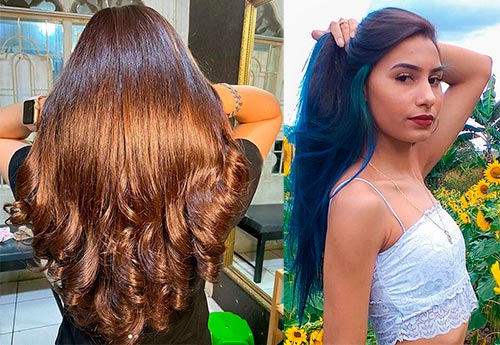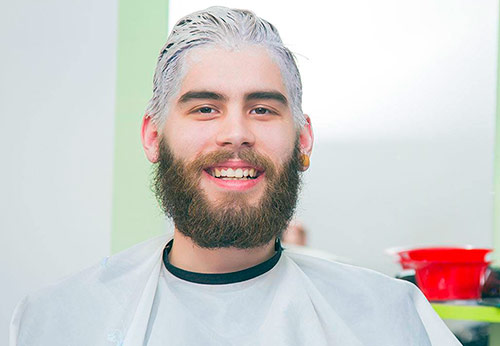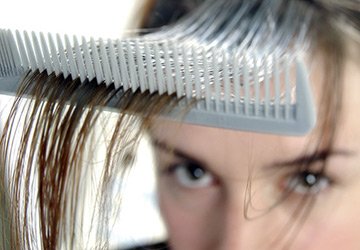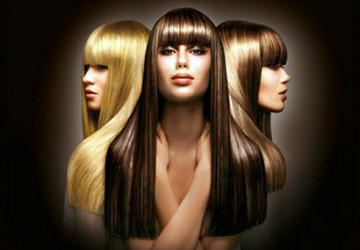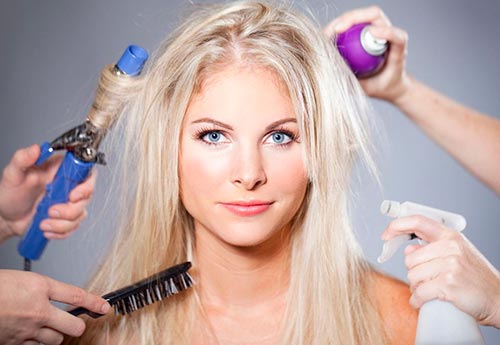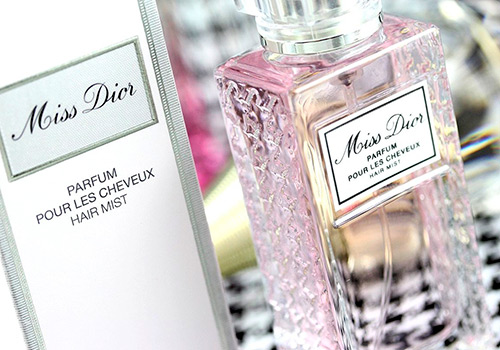Hair care
Natural hair dyes: the secrets of perfect hair coloring
Natural dyes are cheap, environmentally friendly and cause minimal damage to hair, and some dyes are generally good for hair, only few people use them successfully. Why it happens? We all know the stories of friends who tried to dye their hair with henna and basma, and then were forced to urgently correct the situation in the salon, where the craftswoman laughed for a long time.
We want to get the perfect predictable result right away, now. That is why paints of natural origin are in the store without much demand, and we spend money on painting services in the salon. Then we are again unhappy with our hair and have to buy care products.
Now all over the world the situation is becoming more complicated, a well-fed life remains in the past. It's time to save! In conditions of low income, you will have to learn new skills. Self-dyeing hair with natural dyes can save a certain amount every month, and most importantly, these dyes even promise to strengthen our hair and make it more beautiful.
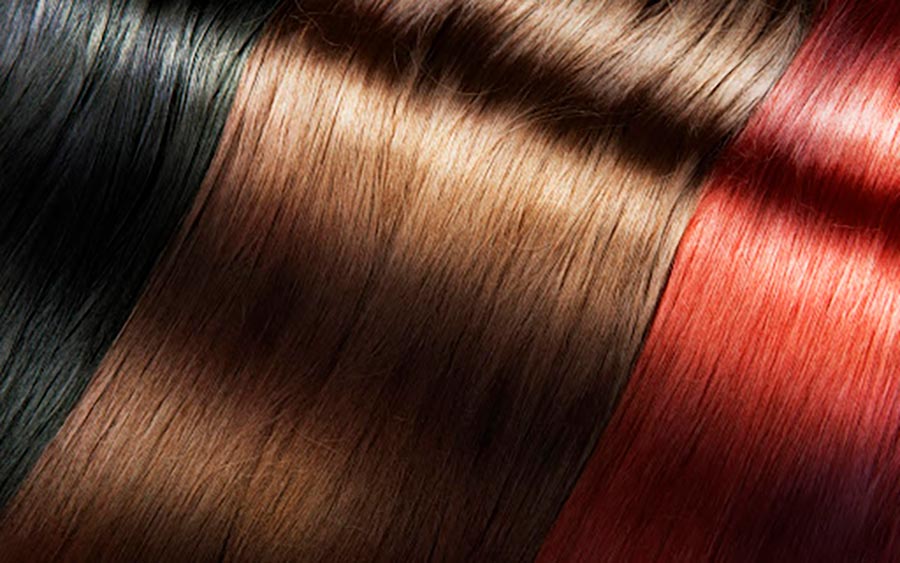
How to get beautiful hair color at home?
Basic dyes
- Basma
- Henna
- Onion peel decoction
- Strong tea brewing
- Coffee
- Walnuts
Natural dyes can be listed for a very long time, especially if you remember the vegetation of tropical forests. Let's dwell on the most affordable ones. Basma, henna and onion peel decoction are enough to get beautiful hair. Even in these paints you can get confused and disappointed, because they have different origins, and therefore different properties. In this post, we are only focusing on dark colors. We will discuss hair lightening in other articles.
A wealth of choice natural paints can be harmful. Using many components at once will make the result completely unpredictable. Let's start small and step by step closer to the perfect home coloring.
Rule: if you want fewer surprises, use natural dyes only on hair untouched by chemical dyes and perms!
How to dye your hair with basma, henna and onion peels
- The strongest tea or coffee is brewed in a small container.
- We mix basma and henna in the proportions of 3 parts of basma and 1 part of henna. The more basma, the darker the hair should be. We use glass or porcelain dishes.
- Gradually fill the dry mixture with strong tea leaves and stir. Do not rush to pour a lot of liquid at once, it is important to achieve the perfect consistency so that the paint is not liquid and not thick. Understanding the ideal thickness of natural paint will most likely not come the first time.
- Instead of tea leaves or coffee, you can use water with lemon juice, lemon can help to fix the henna better, but the final color will be lighter. The maximum black color is important to me, so I use black tea infusions.
- Next, carefully paint over all hair from roots to ends and put on a plastic cap. Considering the waiting time, the cap or bag should be comfortably secured to the head so that paint does not drip onto the neck and shoulders.
- Dyeing time: from an hour to 3 hours or more.
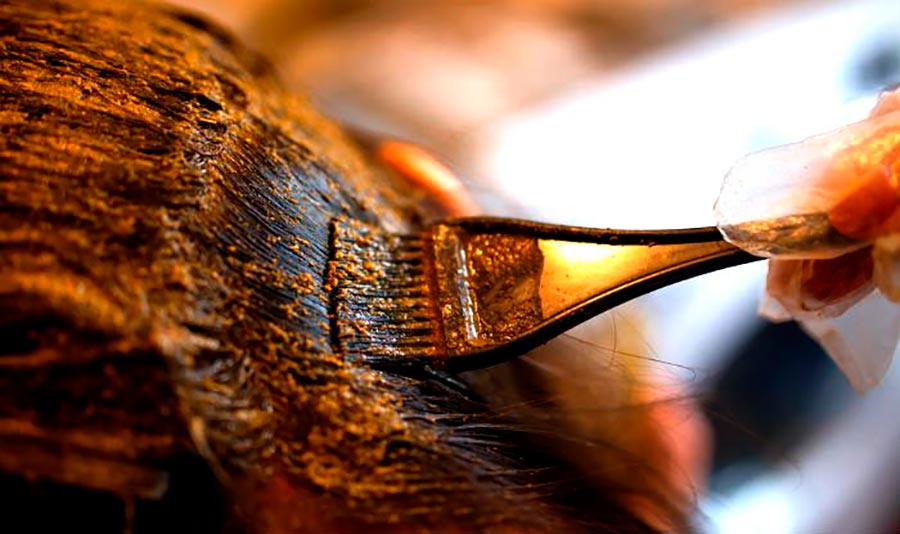
Onion peel decoction... Additional tinting and fixing agent in between stains. For example, one week after the main staining. Boil onion peels, let it brew and apply to hair with a brush. This must be done carefully. This is often done in a bathroom or shower. Onions are found in different ways, sometimes they come across such that then there are huge difficulties in washing the acrylic bath.
The difficulty of staining with natural henna and basma dyes is the unpredictability of the result. The final result is influenced by everything:
- What kind of hair you had before dyeing, your color and the presence of other dyes matter.
- Washed or unwashed hair. The best result is obtained by coloring immediately after washing the hair. The dye is applied to still wet hair. The color on unwashed dry hair will turn out much worse.
- Hair oils. If you use oils to improve hair growth, the result will almost certainly be worse. It is necessary not to use oils for several days, wash your hair thoroughly and only then bring beauty.
- Proportions. Many articles and reviews have been written on the topic of mixing proportions of basma and henna. All this is individual and depends on your characteristics and the paints themselves, because not all bags with basma are the same! Many would argue that 90% Basma and 10% Henna will create an almost black color, but in my experience black is almost impossible to achieve. Even at the highest concentrations of basma, different shades of chestnut color are obtained.
- Time. It is believed that the longer you hold, the darker the color will turn out, but this is not always the case. One thing is true, the longer you hold it, the better the paint will adhere.
It should also be noted about the importance of a plastic cap. It not only keeps the paint from dripping, but also from drying out. In 3 hours, the composition will dry out on the hair and the color will turn out to be uneven. All dyed hair should be wet under plastic. The cap should fit as tightly as possible to the hair so that as little air as possible remains there.
Secrets of dyeing hair with natural dyes at home
Gradualness. It will not be possible to achieve the perfect hair color after the first time, even if you are dyed by a friend who has years of experience using such dyes. The first dyeing will almost certainly be disappointing, you may even have to hide your hair under a hat or scarf. But after several procedures, the color will change for the better and become more stable.
The main secret of hair coloring with natural dyes is patience, time and a desire to experiment. In any business, in order to get the perfect result, you need to make a lot of effort to study other people's experience, and then get your own experience.

Own recipes. Fashion magazines give clear recipes: take 100 grams of the product, pour 50 milliliters of water, and so on ... This is not the case in our article. I want to convey to you an important idea that almost certainly the ready-made proportions in your case will not bring the result, as in the photo in a fashion magazine. Throughout the article, it is mentioned that we all have many individual characteristics, basma and henna have different origins and shelf life. So you have to look for own way perfect coloring.
It is the uncertainty that repels from natural colors. I almost always cover my head with a scarf, so I had the opportunity to experiment in search of my perfect color combination... This search took about six months. It's worth it though.
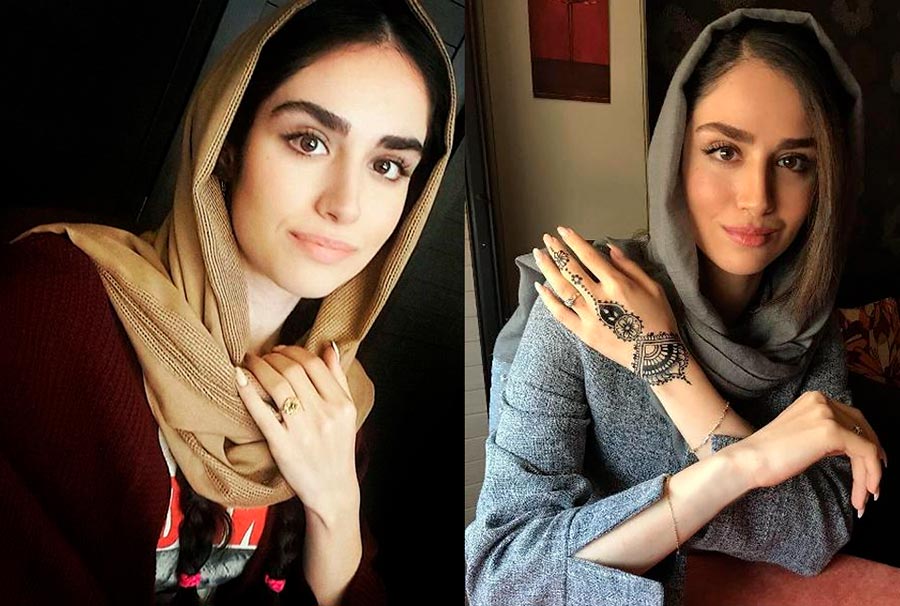
Time. It seems that wasting so much time is unreasonable and unprofitable. Is it reasonable to spend many hours sitting with girlfriends, talking and drinking wine? Is it wise to spend time watching TV series or flipping through entertaining pages on social networks?
Dyeing hair with natural dyes only at first glance takes a lot of time. In reality, after several procedures, you will learn how to optimize the processes, and the time will be used as practical as possible.
It takes very little time to dilute the paint, the application is also done no longer than staining with ordinary store products. For the next 2-3 hours, no one forces you to just sit and wait. At this time, you can read or work at the computer. Personally, I do just that, put on dyes, put on a plastic cap, put an old towel on my shoulders and sit down to work or read.Before you have time to look back, 3 hours have passed and you need to wash off the paint.
How long does it last? Here, too, the individual characteristics, the quality of the paints and the peculiarities of the staining procedure come into force. There are examples of girls losing their color after a few days. There are still situations when paint brings inconvenience in the first days. For example, some even get their pillow dirty. This is due to the fault of the paint, some manufacturers dilute the dyes with additives, and in some cases there are expired sachets.
If you do everything correctly, with high-quality ingredients, basma and henna retain their color for 2-3 weeks or even a month. It remains for us to dye our hair every 2-3 weeks, and in the intervals to supplement the color with a decoction of onion peel.
Gray hair and henna with basma. Many argue that these funds cannot completely paint over gray hair. From my own experience I know that gray hair is dyed completely and the color holds very well. This is where personality, color experience and persistence come into play again. If someone failed to paint over the gray hair, this does not mean that everyone will not succeed!
Cautions! In addition to all of the above, it should be remembered that even well-colored hair with the help of basma and henna can change color under the influence of external factors. Summer, sun and salty ocean water. Just imagine, you have achieved the perfect color, your hair looks luxurious all year round, but the sea is a surprise.
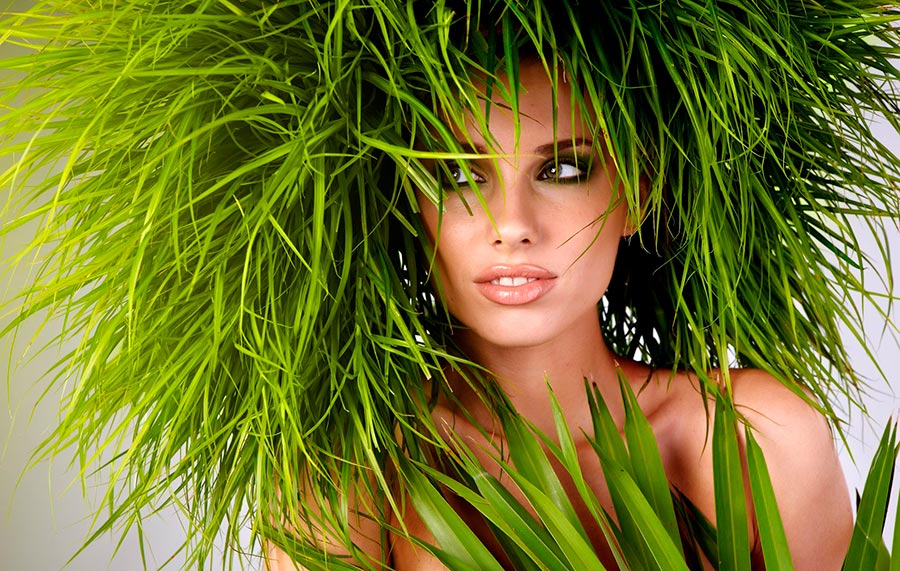
Salt water can react with henna and basma paints. As a result, in a short time, such a transformation is obtained that it will not seem a little. There are examples when ocean salt water changed its usual color to green. She came to the beach as a beautiful girl, and returned to the hotel as a lake witch! Such a transformation can ruin the whole vacation for many. You may even have to remember about the current trend in shortest haircuts among women…

Comments and Reviews
Add a comment
Rating news
Shades of clothing that make women look younger
What shades of hair make women younger: rules and photos
Funny wedding dresses - photos and ideas
12 most expensive down jackets for the winter
How to look 25 at 40: tips from supermodels
Beautiful schoolgirls
Anti-aging haircuts and hairstyles for women
Fashionable skirts for autumn and winter
Fashionable women's trousers for the cold season
Fashionable and stylish sandals for summer 2024
Spring-summer 2024
 Fashionable dresses and tops with thin spaghetti straps
Fashionable dresses and tops with thin spaghetti straps
 Bandana tops: how to wear stylishly and beautifully
Bandana tops: how to wear stylishly and beautifully
 How to put together the perfect men's wardrobe for the summer
How to put together the perfect men's wardrobe for the summer
 Fashionable shorts for spring-summer 2024
Fashionable shorts for spring-summer 2024
 Fashionable skirts for spring-summer 2024: a guide to online shopping
Fashionable skirts for spring-summer 2024: a guide to online shopping
 The most fashionable dresses spring-summer 2024: styles and colors
The most fashionable dresses spring-summer 2024: styles and colors
 Fashionable total look 2024: ideas of images and trends
Fashionable total look 2024: ideas of images and trends
